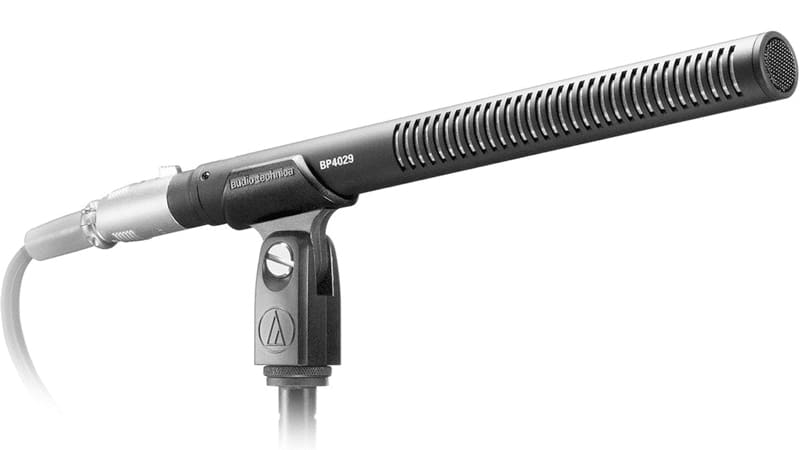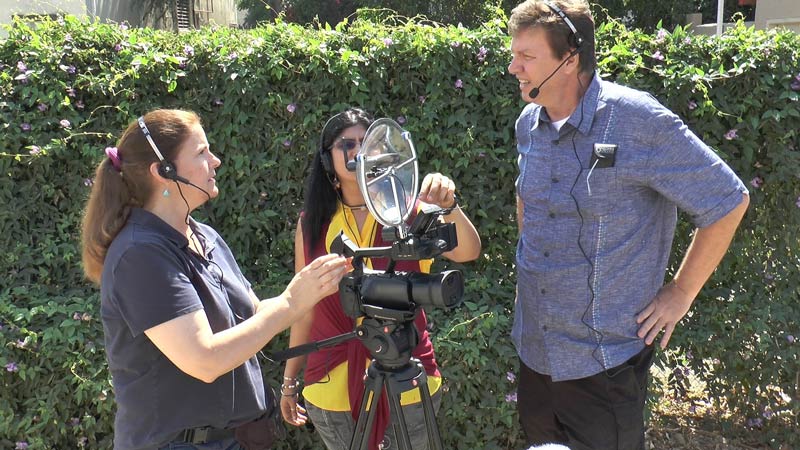It is easier to muffle any wind noise with a shotgun mic and it can be mounted to a camcorder. The parabolic dish plus microphone requires using two hands or mounting it to a stand.
Again not the most versed in Soccer or Rugby, but when I occasionally see a game on TV, they seem to be using long gun shotguns, so not really suitable for mounting on the camera. They tend to be positioned around the stadium and are unmanned. Presumably the inputs are controlled manually at a mixer, with someone fading in and out mics, depending on where the action is (and where the relevant fans are sat).
I know that in the USA they use the Big Ears Parabolas at some games, which are a two handed (ultra expensive) dish. I presume that the outputs are also routed to a mixer and that there are probably other mics picking up the roar of the crowd, the signing of the anthem etc. It would be interesting to know if a parabola can cover more of the field, so that less equipment is required to capture the on-field sound, but the converse to this is that each parabola would have to be aimed, so it could mean more sound engineers are required.
I am not sure the two handed issue or the wind rejection are the key issues. There are large parabolas that can be used single handed (although they could be unwieldy in strong wind) and you can fit a wind fleece to the front of the dish (thus creating pretty still air around the mic capsule).
I notice a huge difference between my long shotgun and my parabola, with the latter creating a much more intimate and close recording effect. But I don't always want a recording as if the bird is sat 3ft in front of me, so the shotgun is still nice.
I still suspect that in the USA the emphasis is on hearing every grunt, thwack, or occasional crack and snap from a tackle. Dare I say it, but perhaps the British are more squeamish, or perhaps just British sound engineers!











